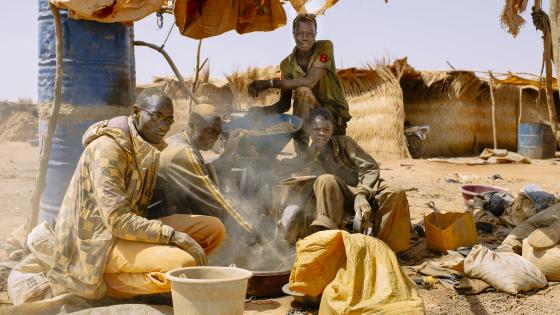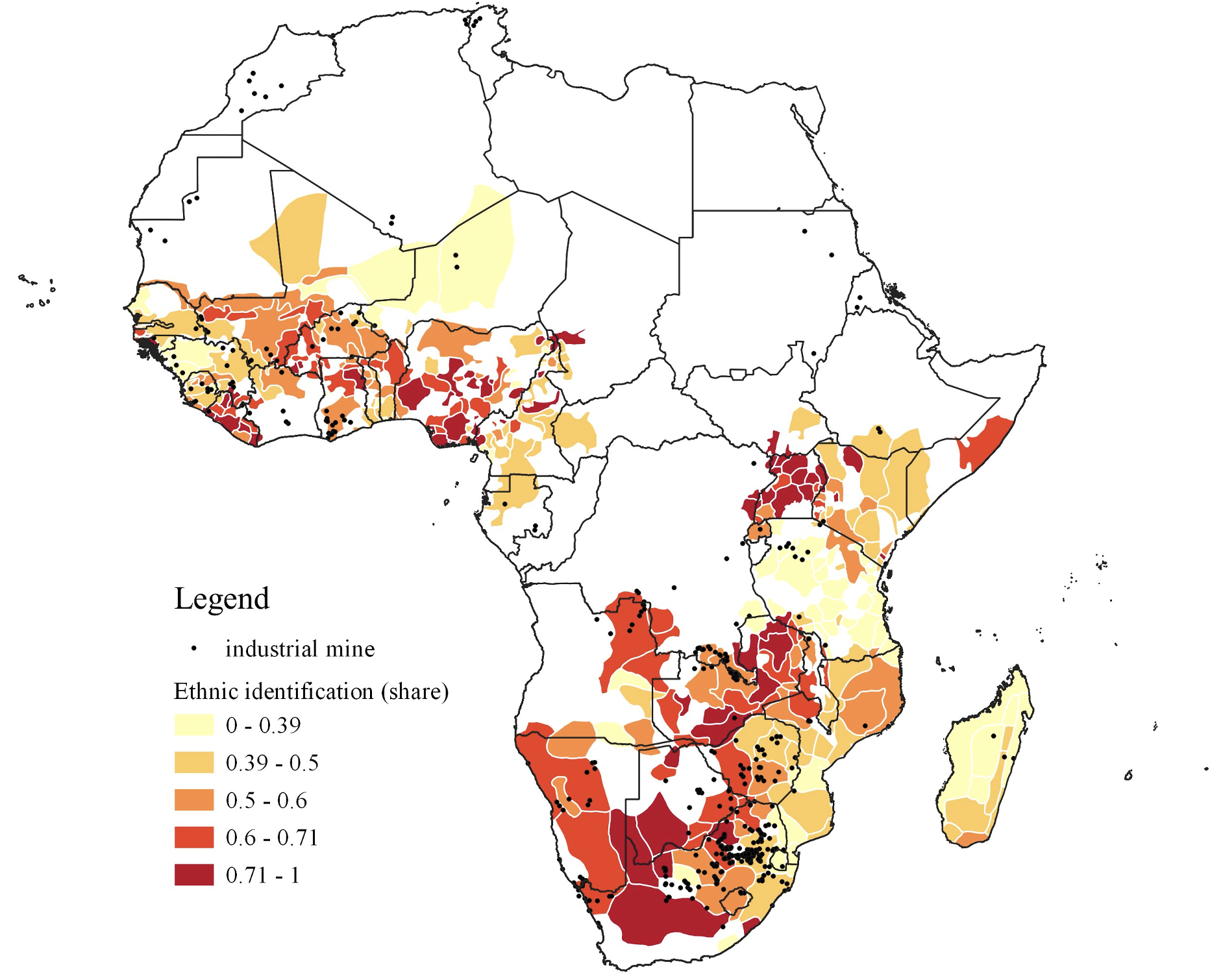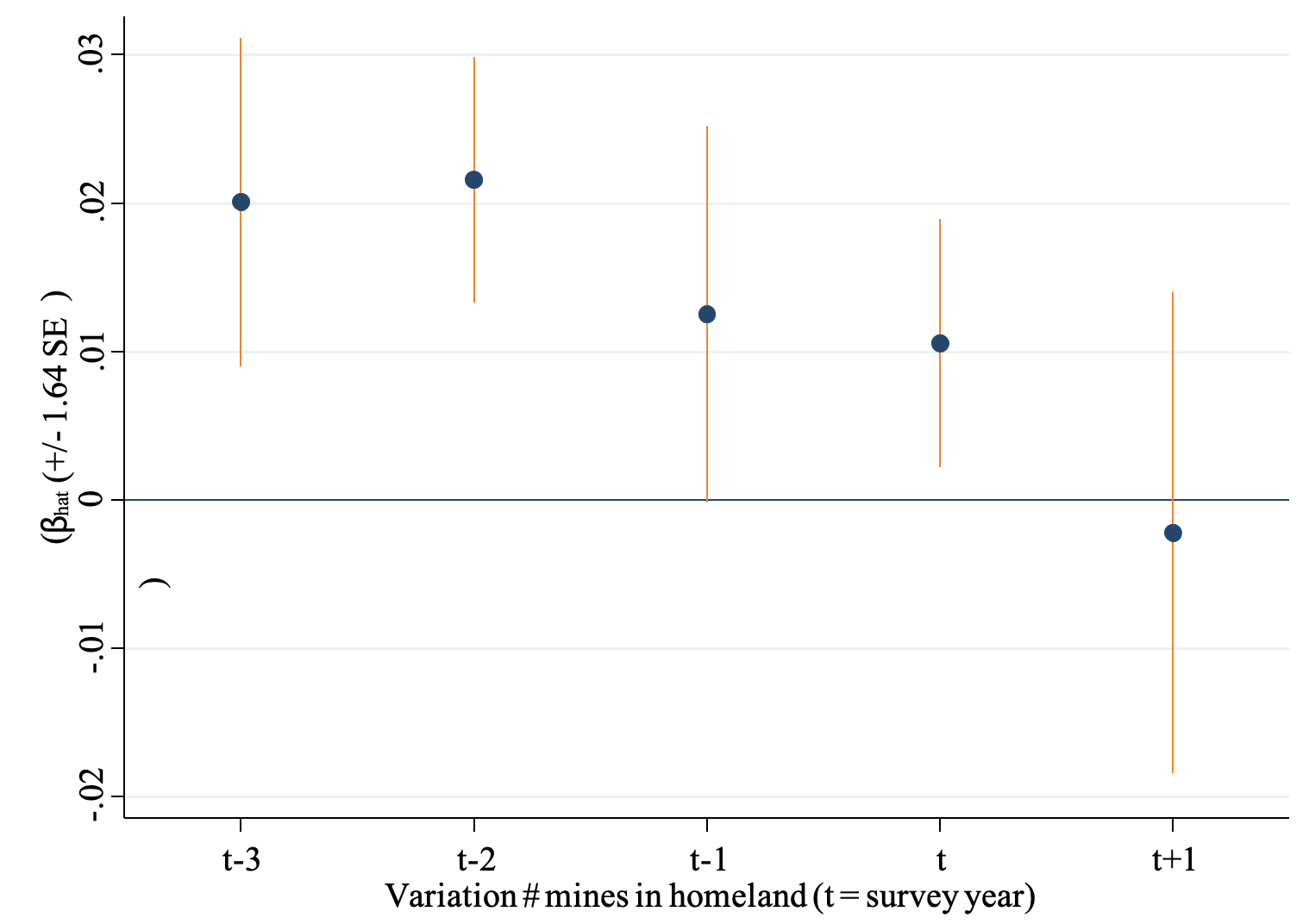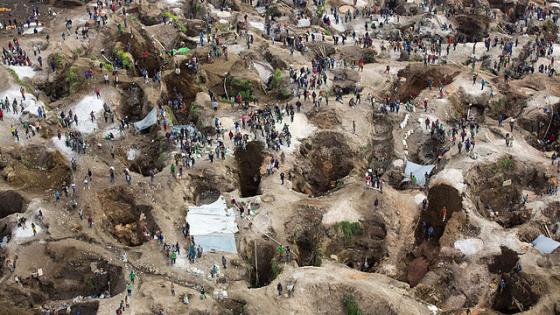The recent turmoil in the Catalonia region in Spain and Ambazonia in Cameroon have drawn attention to the reasons why and how identity becomes salient. Both regions are perceived as richer than the state they belong to, and both regions (or at least their leaders) wish to distance themselves from the central state. This pattern aligns well with the seminal theory of Buchanan and Faith (1987), which argues that wealthy regions have an interest in (threatening) secession to curve national tax and redistribution policies in their favour. However, neither of these regions has directly appealed to tax-related concerns whilst pushing for greater independence, instead they have employed identity-based narratives. Similar identity narratives have also been salient in the Spanish Basque Country, among the Scottish, the Free Aceh movement in Indonesia, and between the Flemish and the Walloon, etc. (Aspinall 2007, Gehring and Schneider 2020). However, we are still a long way from understanding to what extent these groups’ identities react to economic forces.
In a recent paper (Berman et al. 2023), we exploit economic shocks stemming from resource exploitation to show how these affect social identities. Specifically, we study individual identification to ethnic groups, rather than states, in sub-Saharan Africa.
Mineral resources offer a unique opportunity to explore social identification
The exploitation of mineral resources offers a unique setting to investigate the mechanisms underlying variations in social identities, for three main reasons. First, minerals are point-source commodities, which are attached to specific locations. In sub-Saharan Africa, these locations belong to historical, pre-colonial ethnic homelands, entities which still matter today (Michalopoulos and Papaioannou 2015). Mineral exploitation is therefore intrinsically connected to the ethnic identity question. Second, the perceived ownership of mineral resources is a recurrent subject of disputes between individuals who may claim the rights to ownership of natural resources – and therefore their potential rents (Collier 2017). Finally, given the debate on who should benefit from resource rents, mineral extraction is potentially associated with positive economic spillovers as well as with various grievances. As we can study how mining affects a variety of individual outcomes – wealth, grievances, or actual and perceived ethnic inequality – we can discuss how mineral resources affect ethnic identification. We therefore provide results which may inform us about the drivers of ethnic – or local – identification, beyond the resources case.
Data
Our study combines three main sources of data on ethnic identities and resources in 25 countries in Sub-Saharan Africa between 2005 and 2015.
- Geo-localised individual data on the salience of ethnic (versus national) identities from four waves of the Afrobarometer survey. Figure 1 shows large variation both across and within countries in the salience of ethnic identification.
- Information on the ethnic group of each Afrobarometer respondent, which we match with a list of historical ethnic groups. This matching gives us the geographical boundaries of the historical ethnic homelands.
- Time-varying information on the location and exploitation of mineral resources (Thoenig et al. 2017). We compute the yearly number of active large-scale mines in the ethnic homeland of each Afrobarometer respondent. We use this number of mines as our proxy for resources exploitation in an ethnic homeland.
Figure 1 Ethnic homelands, mining and ethnic identification
Notes: Authors’ computations from the Afrobarometer surveys, Murdock and S&P data. The map shows the location of each industrial mine that has been active between the years 2005 and 2015 and the baseline matching of Afrobarometer and Murdock ethnic groups. For each ethnic group, the map shows the share of members of that group who value their ethnic identity equally or more than their national identity. Each share takes in account the answers of all the members of each ethnic group, independently of the homeland in which these members live.
Using these data, we estimate how respondents from different ethnic backgrounds respond to changes in the relative intensity of natural resources exploitation in their historical ethnic homelands. We exploit three dimensions of variation in exposure to mineral exploitation: time, geographic proximity, and identity proximity. Consider two individuals living at the same point in time but belonging to different ethnic groups. Using our combined data on the boundaries of each ethnic homeland and on time variations in mineral exploitation, we identify how changes in relative mining activity, over time and across the ethnic groups of these two individuals, affect their identification with their ethnic groups. The structure of the data allows us to control for any local time-varying shocks affecting both individuals, and to account for any time-invariant differences in the level of identification with a given ethnicity in a given country, such as group size or its historical political dominance.
Mineral resources exploitation leads to fragmented identities
Our results suggest that the exploitation of mineral resources can lead to identity fragmentation. We find that ethnic identification significantly increases relative to national identification in response to the exploitation of mineral resources in the ethnic group’s historical homeland.
Figure 2 Timing of the effect of natural resource extraction on ethnic identification
Notes: This figure reports the estimated effect of yearly variations in the number of active mines in a respondent’s ethnic homeland, for the year of the survey as well as in the previous and subsequent years. The bars represent the 90% confidence intervals.
The effect of mineral resources on ethnic identification is persistent, and is strongest two to three years after exploitation begins. Before mining operations can begin, a one- to two-year investment phase is required. In locations where a mine began producing in year t+1 (after the survey), mining-related activity may have already been taking place in that year, even if the mine was not yet producing. However, as shown in Figure 2, we find no significant effect of changes in mining activity in year t+1. In contrast, mine production in the year of the survey and all subsequent years appears to increase ethnic identification. Therefore, production appears to be more important than the prospect of production.
We also find that the effect is magnified during election periods, which suggests that changes in resource exploitation may have a long-lasting impact on ethnic identification through voting patterns.
Who reacts?
Interestingly, the effect of resources is significant both when exploitation takes place in the respondent’s country of residence, and when it takes place abroad; this resonates with the idea that ethnic borders continue to matter in a continent where national borders largely ignore them (the ‘scramble for Africa’; see for example Michalopoulos and Papaioannou 2015). The effect also tends to be similar, if not stronger, for individuals who do not live within the boundaries of their historical ethnic homeland.
The importance of relative deprivation
We argue that the relationship between mineral resources and identity is mediated by economic deprivation, ethnic grievances, and political exclusion.
We do not find significant local economic spillovers from mining activity in our sample, nor do we detect any significant additional economic benefits for individuals belonging to the group whose historical homeland hosts mining activities. Members of the resource-rich ethnic group may become richer, but the effect is of small magnitude, and not statistically robust.
In contrast, individuals whose ethnic homelands host resources report more economic deprivation and pessimism about economic conditions. We also found that our results are mainly driven by individuals belonging to politically excluded groups, and to groups suffering from pre-existing feelings of ethnic inequality – namely, groups with a history of political exclusion, conflict, or poverty.
Conclusion
Overall, mineral exploitation can lead to more fragmented identities by increasing the divergence in the importance of ethnic identity relative to national identity among members of different groups within a country.
The increase in the salience of ethnic identity appears to be driven by ethnic-group specific feelings of “relative deprivation” and grievances. New mining activities may raise aspirations for economic development among members of ethnic groups that host the resources.
These findings have potentially important policy implications: individuals in our sample do not appear to suffer economically from resource exploitation. However, reality may fall short of one’s aspirations, and the divergence between aspirations and reality may be enough to fuel a fragmentation of social identities.
References
Aspinall, E (2007), “The construction of grievance: Natural resources and identity in a separatist conflict”, Journal of Conflict Resolution 51(6): 950–972.
Berman, N, M Couttenier and V Girard (2023), “Mineral resources and the salience of ethnic identities”, The Economic Journal 133(653): 1705-1737.
Buchanan, J and R L Faith (1987), “Secession and the Limits of Taxation: Toward a Theory of Internal Exit”, American Economic Review 77(5): 1023-31.
Collier, P (2017), “The institutional and psychological foundations of natural resource policies”, The Journal of Development Studies 53(2): 217–228.
Gehring, K and S A Schneider (2020), “Separatism on the rise: The role of regional resources”, VoxEU.org, 18 February.
Michalopoulos, S and E Papaioannou (2015), “The long-run effects of the ‘Scramble for Africa’’’, VoxEU.org, 24 December.
Thoenig, M, M Couttenier, D Rohner and N Berman (2017), “Countering the mining curse”, VoxEU.org, 9 June.








